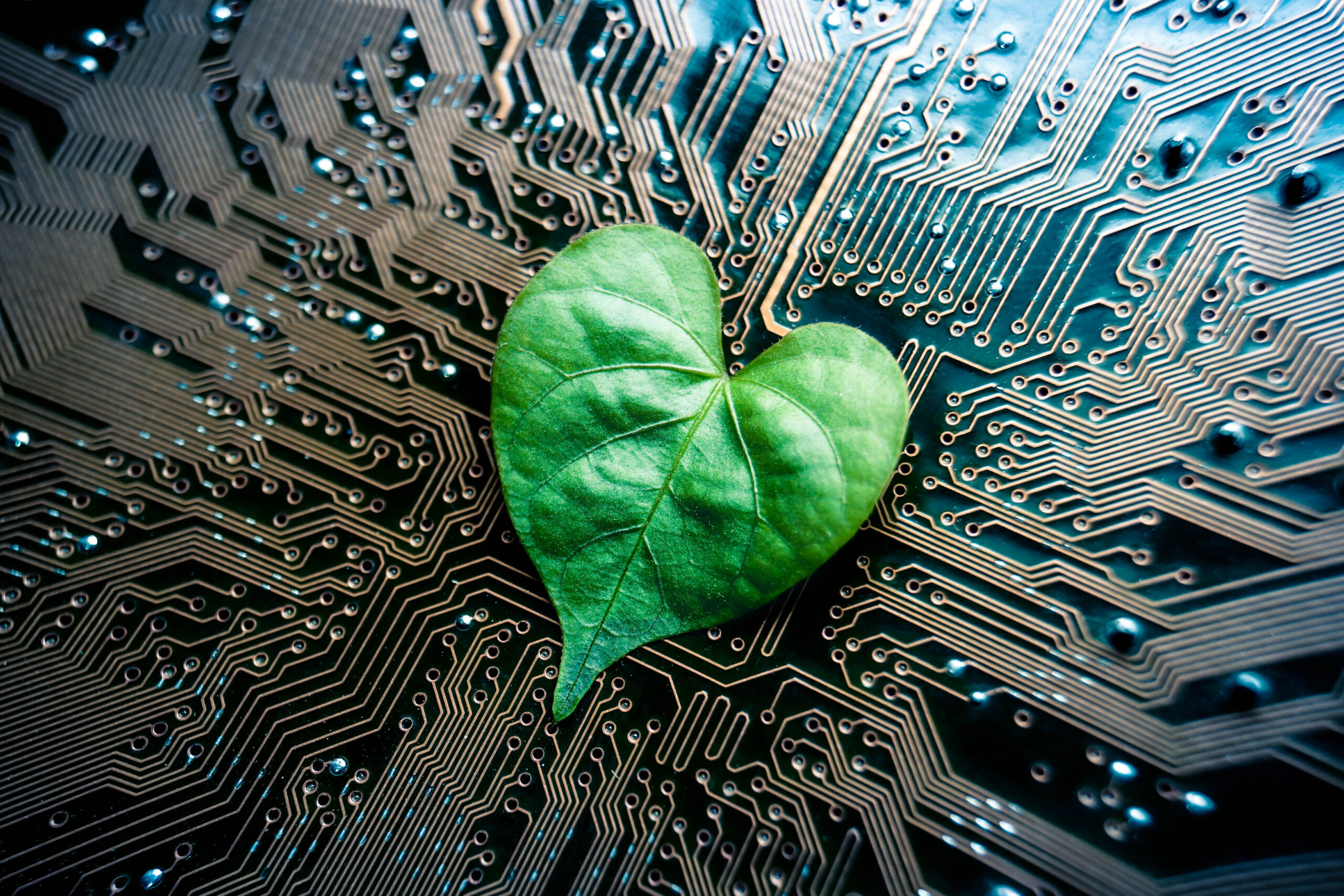
How to Elevate Your Brand with Sustainable Web Design
Sustainability is no longer just an environmental concern—it’s a vital aspect of business operations and brand reputation. As more companies strive to reduce their carbon footprint, web design and development agencies play a crucial role in fostering eco-friendly practices.
A website design agency enhances brand image and contributes significantly to environmental conservation by implementing sustainable web design strategies.
What is Sustainable Web Design?
Sustainable web design is a comprehensive approach that minimizes a website’s environmental impact while maximizing its efficiency and accessibility. This eco-friendly design paradigm goes beyond traditional aesthetics and functionality to incorporate energy efficiency, resource optimization, and inclusivity.
As digital consumption increases and climate change concerns intensify, businesses must adopt these principles to align their online presence with broader environmental sustainability goals.
Eco-friendly web design is central to sustainability, involving selecting technologies and design elements that reduce energy consumption and optimize efficiency. This includes using optimized images and videos, streamlined code, and responsive layouts that adapt to various devices without excessive data loads.
The journey towards a sustainable website also extends to all associated digital products. This encompasses green web hosting solutions that use renewable energy sources and choose third-party services committed to sustainability.
Sustainable digital products are designed with a life cycle perspective, aiming to maintain resource efficiency, low carbon emissions, and minimal environmental impact throughout their life—from creation to decommissioning.
By focusing on these sustainable practices, businesses can create digital environments that are functional, user-friendly, and aligned with environmental stewardship, ultimately contributing to a more sustainable future.
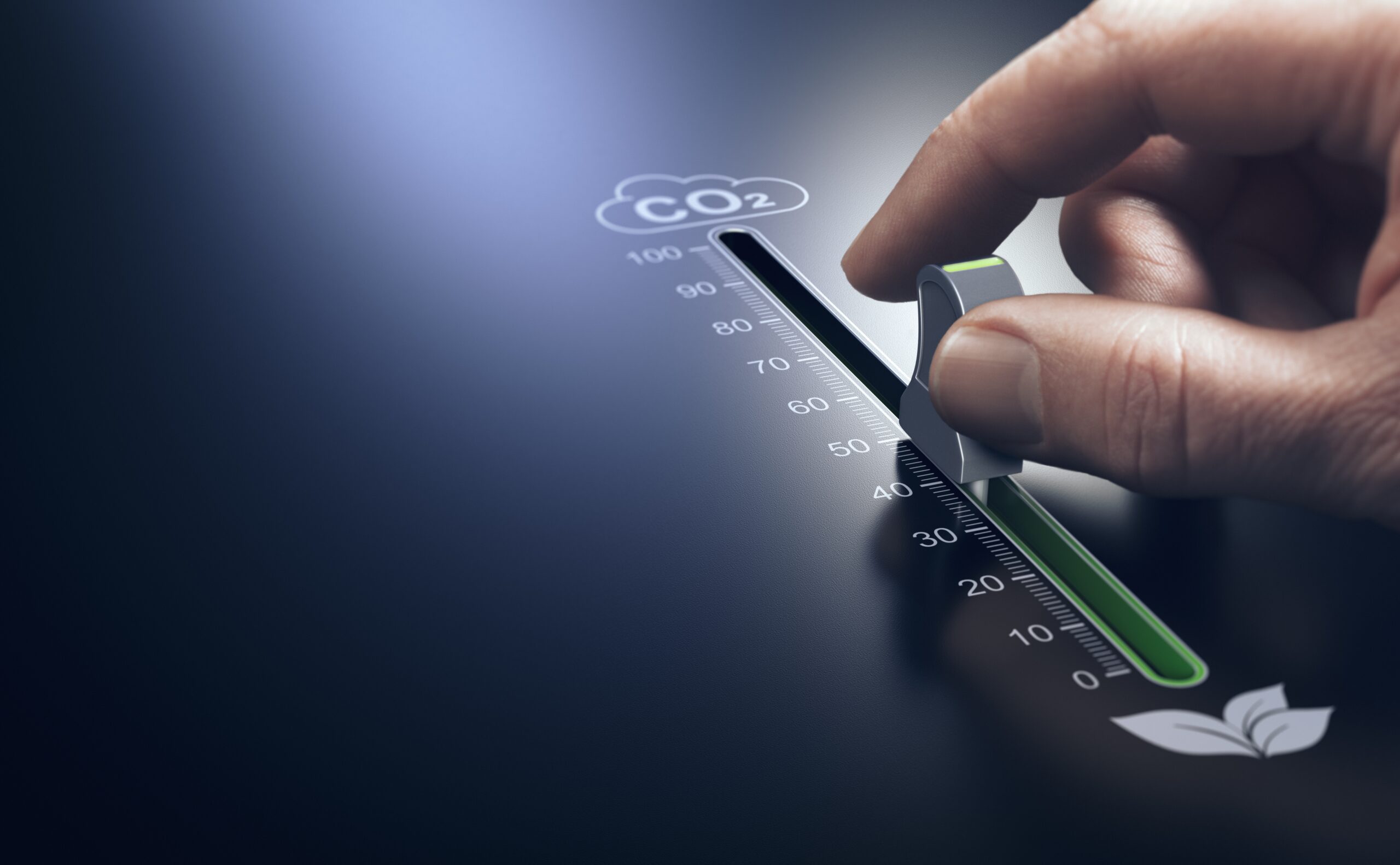
Integrating Sustainability with the Sustainability Triangle
The sustainability triangle is a crucial framework in web design, integrating sustainable business practices at the core of digital product development. This framework has three key components: environmental, social, and economic sustainability.
Environmental Sustainability: This focuses on reducing websites’ ecological footprints by optimizing server energy use, choosing eco-friendly hosting providers, and minimizing non-renewable resources. The aim is to lower carbon emissions and lessen the overall impact on the planet’s ecosystems.
Social Sustainability: The cornerstone of social sustainability is ensuring that digital products are accessible, inclusive, and beneficial to all sections of society. This involves designing user-friendly websites, guaranteeing accessibility for individuals with disabilities, and creating respectful and culturally sensitive content.
Economic Sustainability: This consists of creating cost-effective web designs that positively contribute to the broader economy, supporting local communities, using sustainable supply chains, and ensuring digital products are durable, thus reducing the need for frequent updates or replacements.
By integrating these components, sustainable web design meets current technological needs while preserving resources for future generations. It’s a holistic approach that aligns digital innovation with the urgent needs for environmental preservation and social responsibility.
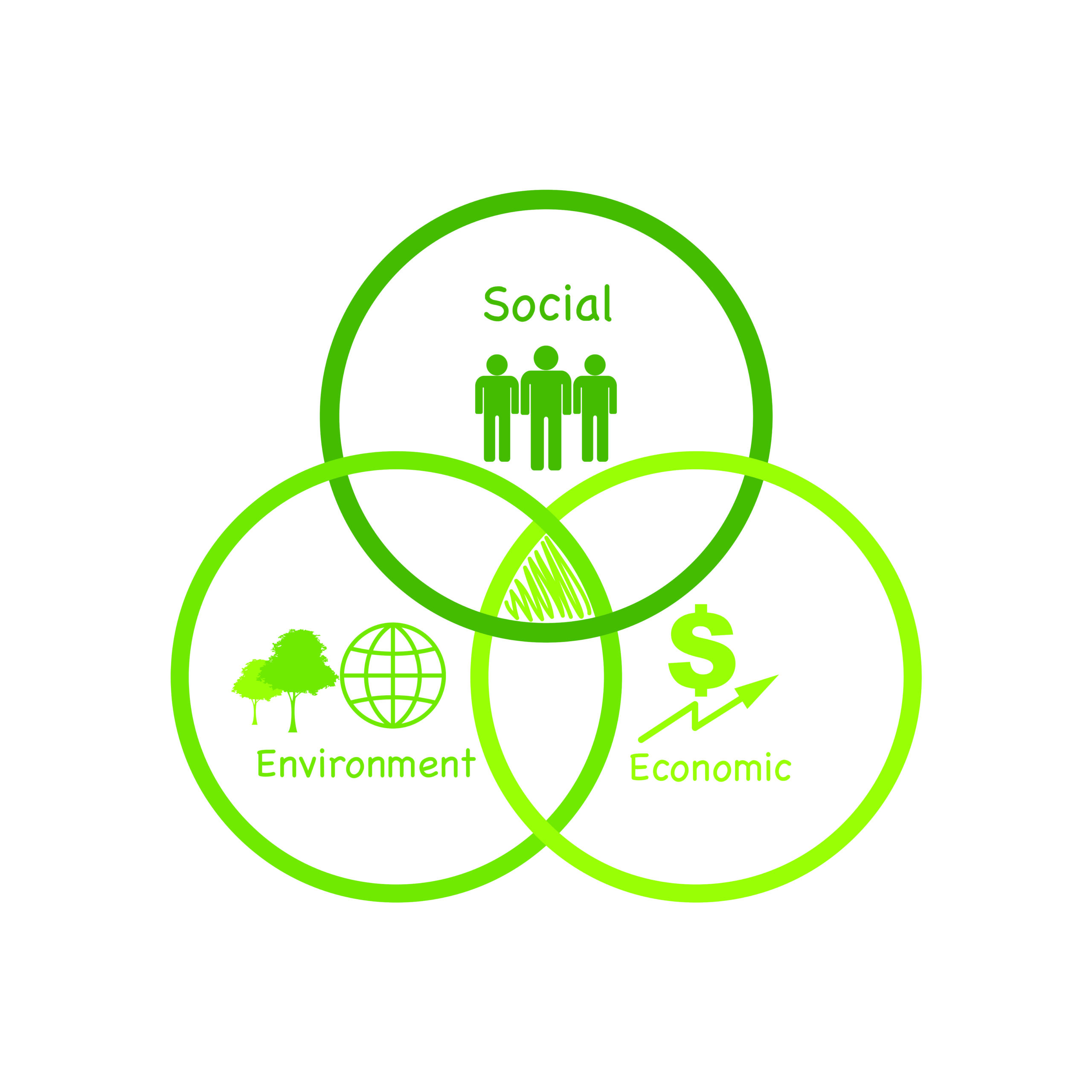
Emphasizing Efficiency in Code
One primary way a web design company can promote sustainability is by optimizing the efficiency of the website’s code. Cleaner code results in faster page load times, improved user experience, and reduced energy consumption of servers and end-user devices.
A web design and development agency that creates streamlined, efficient websites can significantly decrease its clients’ digital carbon footprint. Custom website design often involves intricate coding; however, by adhering to the principles of minimalism and removing unnecessary elements, designers can achieve a sleek, environmentally friendly-website.
Choosing Green Hosting Solutions
Another critical aspect of sustainable web design is the selection of eco-friendly hosting services. A forward-thinking website design agency will prioritize hosting providers that use renewable energy sources or are committed to carbon neutrality.
By doing so, web design companies ensure that their websites are powered by green energy, reinforcing their clients’ sustainable practices.
Implementing Responsive Images and Green Fonts
Responsive images are a technique that significantly reduces data transfer by adapting the image size to the user’s device. This speeds up the loading time and reduces the energy required for data transmission.
Furthermore, selecting fonts that require less bandwidth to load can contribute to a more sustainable web presence. A web design and development agency skilled in these techniques can substantially impact a website’s sustainability.
Efficient and Accessible Design Practices
One of the core principles of sustainable web design is accessibility, ensuring that websites are usable by people with various disabilities. This supports a more inclusive online environment and enhances usability for all, contributing to a more sustainable digital ecosystem.
Efficient resource management is another cornerstone involving optimizing bandwidth, server space, and energy. Employing strategies like compressing images and reducing HTTP requests enhances website efficiency and sustainability.
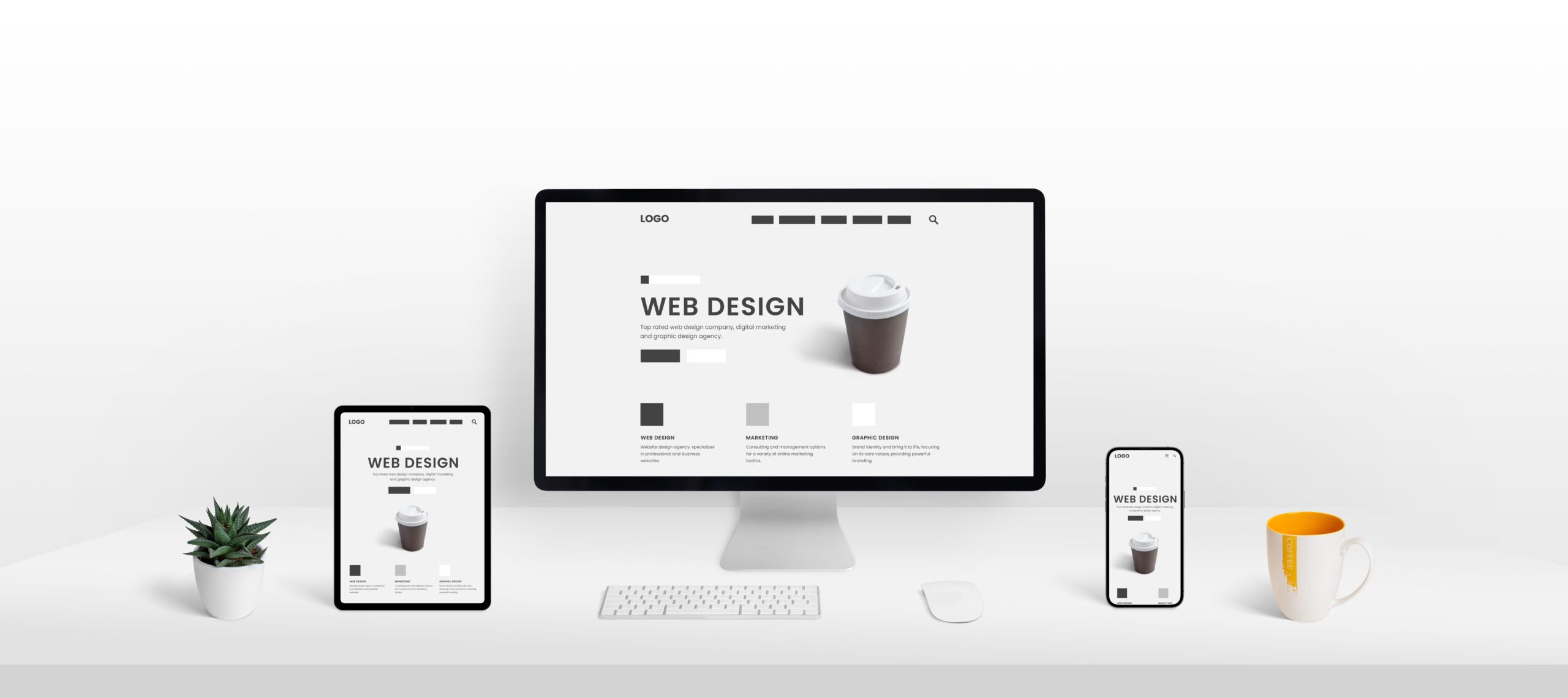
Clean, Minimalist, and Responsive Design
Incorporating clean and minimalist design principles aid in sustainability. By simplifying layouts and reducing visual clutter, web designers can improve user experience while conserving resources, leading to faster loading times and decreased energy use.
Moreover, responsive design ensures websites perform well across all devices, minimizing the need for separate mobile sites and reducing the digital footprint.
Renewable Energy and Sustainable Technologies
Choosing hosting services powered by renewable energy sources such as wind or solar significantly reduces a website’s carbon footprint.
Additionally, leveraging sustainable technologies like HTML5, CSS3, and JavaScript frameworks allows designers to create cleaner, more efficient code that improves performance and reduces energy consumption.
Promoting and Measuring Sustainable Web Design
Educating the digital community about sustainable web design through resources, workshops, and forums is vital for widespread adoption. Tools that assess sustainability metrics like carbon emissions and energy consumption help monitor and optimize web design practices’ environmental impact. Collaborative efforts within the industry can further amplify the impact and drive significant ecological benefits.

Sustainable User Experience (UX) Design
Sustainability in web design extends beyond technical aspects to encompass user experience.
A website design agency that integrates UX principles focused on sustainability can encourage users to engage with content more efficiently, reducing bounce rates and unnecessary navigation.
For instance, a well-organized website with solid search functionality minimizes visitors’ time and energy finding necessary information.
Why Sustainable Web Design is Vital
The digital era has underscored the significant role of sustainable web design in reducing carbon emissions and mitigating the environmental impact of our digital presence.
Every web page visit triggers interactions from the server to the screen, consuming electricity and emitting carbon. Sustainable web design optimizes content and employs energy-efficient coding practices to minimize these emissions.
Beyond carbon emissions, websites’ environmental impact includes resource consumption during server manufacturing, electronic waste, and the energy used during a website’s operational life. A sustainable website aims to minimize these impacts through efficient resource use, optimizing server performance, and extending the lifespan of digital products.
Benefits and Practices of Sustainable Web Design
The benefits of sustainable web design extend beyond environmental aspects, including efficiency and long-term cost savings. By optimizing various website elements to consume less energy—such as streamlined coding, optimized media content, and energy-efficient web-hosting—sustainable web design reduces operational costs while benefiting the environment.
Incorporating sustainable practices from the onset of web design is pivotal. This includes optimizing server responses, minimizing data transfers, and employing sustainable coding practices. Sustainable web design ensures that a company’s digital ecosystem aligns with environmental sustainability goals.
Real-world Examples and Future Trends
Companies like Patagonia and Ecosia exemplify sustainable web design by optimizing resources and employing green hosting solutions. Looking ahead, emerging technologies such as artificial intelligence and blockchain hold promise for further enhancing sustainable web design practices, offering new ways to optimize resources and reduce environmental impacts.
Choose a Greener Future with Mrkt360
As the digital world continues to grow, so does the responsibility of web design companies to embrace and advocate for sustainable practices.
Mrkt360 leads the way in integrating efficient coding, responsive images, and sustainable UX design, ensuring your digital strategy stands out in a competitive market and supports a crucial cause for our planet’s future.
By choosing Mrkt360 as your partner, you’re enhancing your brand’s recognition and loyalty in an eco-conscious consumer market and contributing to a greener planet.
Contact Mrkt360 today and take the first step towards a sustainable and impactful online presence.
Together, let’s build a better digital future.


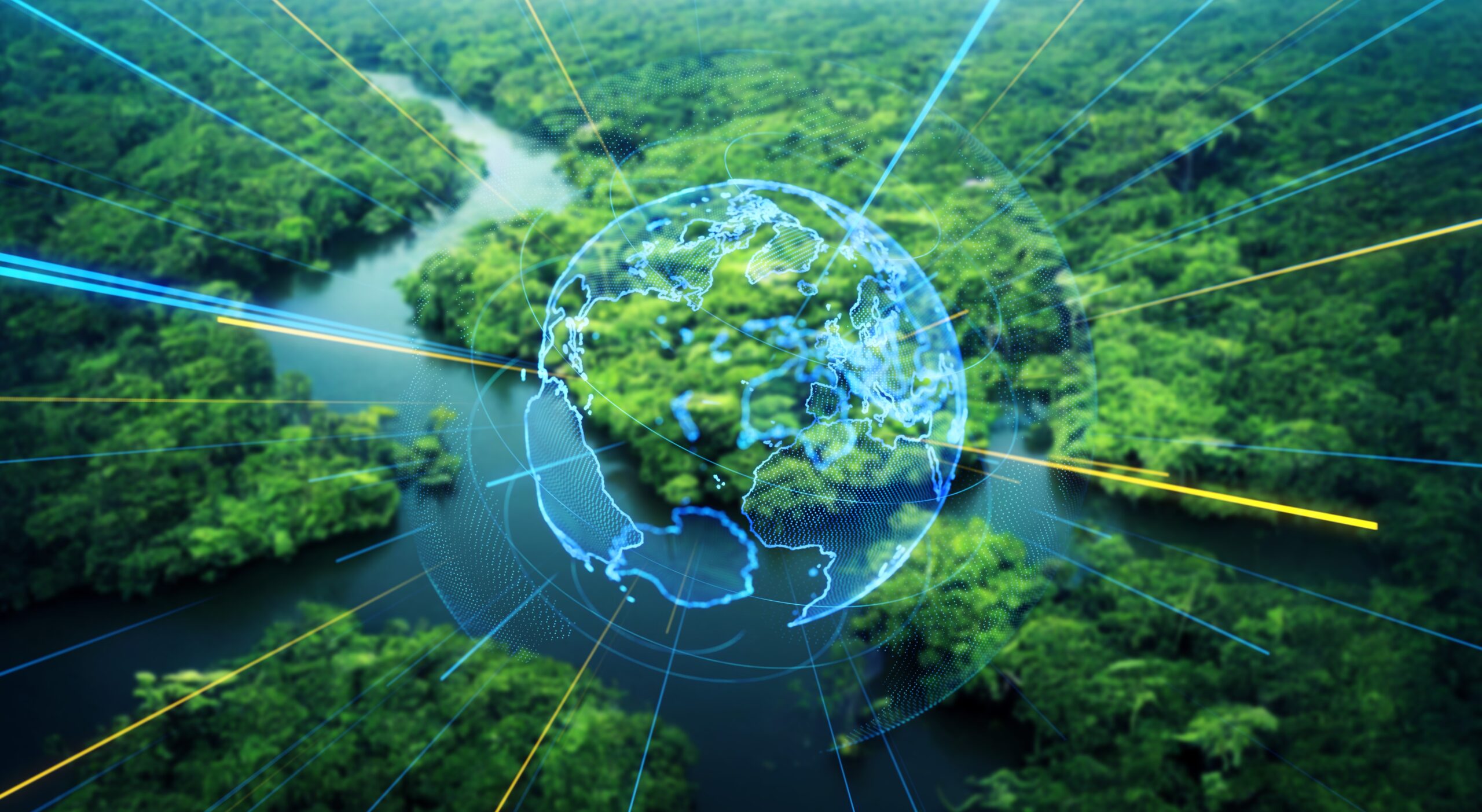

Sorry, the comment form is closed at this time.